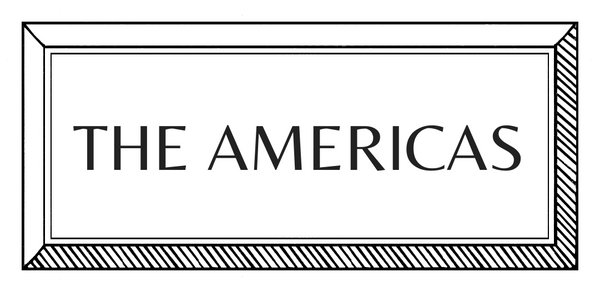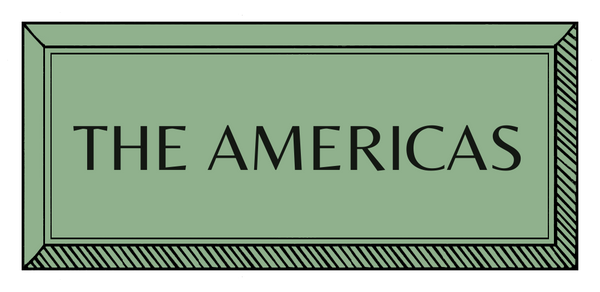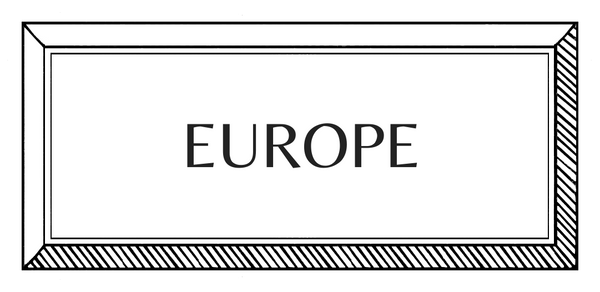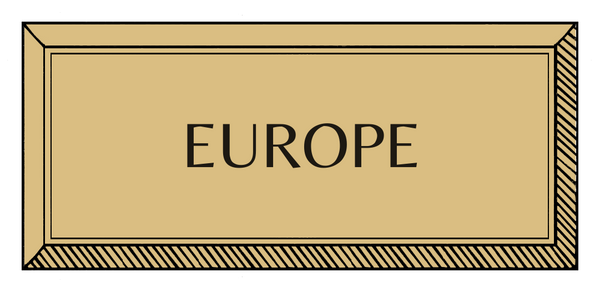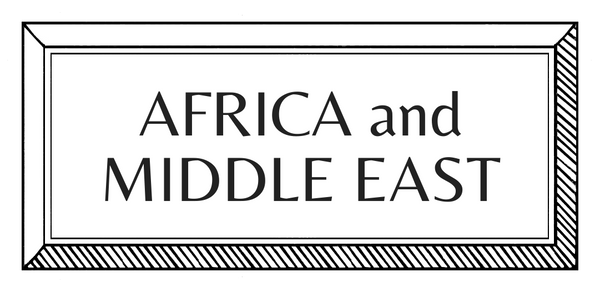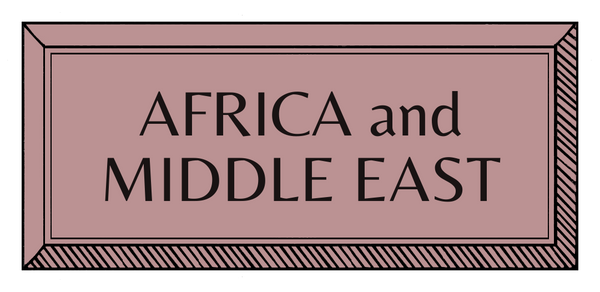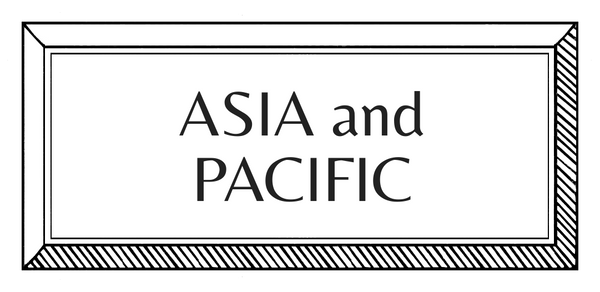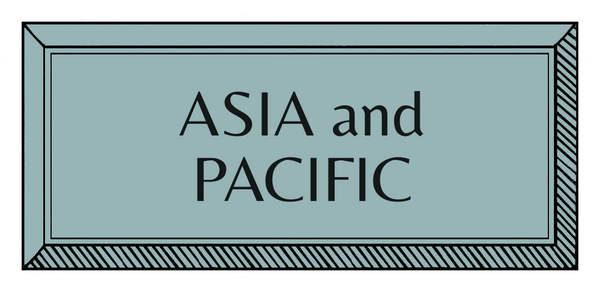MAKERS | EUROPE | ENGLAND | SILVER
Philip Sale | Master Engraver

Philip Sale at work in Asprey's workshop on London's Bruton Street © Milo Brown
Philip Sale, Asprey's Master Engraver, has been meticulously engraving precious metals for more than half a century. His skills have seen him engrave some of the world's most iconic emblems - from major sporting trophies to royal commissions. Founded in 1781, British heritage brand Asprey continues to be appointed as premier silversmiths to heads of state, royalty and discerning aesthetes worldwide, with Philip adding the finishing, and most meaningful, flourish to these enduring works of craftsmanship.
How did you begin?
"I came to engraving quite by accident. My father had a pocket watch engraved by a local engraver in Tunbridge Wells, which I saw and asked how it was done. He knew the engraver and arranged to take me to meet him so he could explain the technique.
"This was in my fourth year of secondary school and, as I had no real idea of what I wanted to do, it seemed like it might be an interesting career choice. I went for an interview [at an engraver] in London and they offered me an apprenticeship (very kindly holding the offer open for the year and a half I still had at school). That was 51 years ago - and there's no sign of me stopping yet!"
How did you learn?
"I started my five-year apprenticeship in 1974, being one of a department of eight engravers. Initially, I was trained by the head of the department, Charles Malyan, who at that time was in his mid-70s. The training consisted of the usual tea-making and general errand-running, but most of my bench time was spent learning the various styles of lettering and heraldry.
"Once you reached a certain level of competence, you were given trophies from the various shows (Crufts, Horse of the Year, etc.) to engrave the winners’ names for that particular year. As confidence and skill increases, the jobs you are given become more interesting and challenging."
How do you plan, prepare and create your works?
"The usual way of laying out an engraving is to apply plasticine and powdered chalk onto the item and sketch the design on, using a wood stick. This avoids scratching the metal and allows you to re-powder and redraw until the design is centralised.
"More complex designs are usually either drawn on paper or reduced by computer or photocopier to the required size. The back of the paper will then be rubbed with plasticine, placed on the item, and then a scriber is used to trace the outline of the image, which will appear as a thin plasticine line once the paper is removed. This is then scratched onto the metal with the scriber and it is ready to engrave."
What does a typical day look like?
"I work in splendid isolation in Asprey's London store on Bruton Street. The first thing I do in the morning is put some (usually classical) music onto the hi-fi.
"If there are any jobs that are needed urgently, I will sketch these on and send a photograph to the retail team, who will then forward it to the customer for final approval.
"Once I’ve got the go-ahead, the item will be engraved and sent to the silver workshop for a final polish. I occasionally meet the customer if they need advice, which I quite enjoy, as I can make suggestions, which they wouldn’t necessarily have thought of."

Philip Sale at work in Asprey's workshop on London's Bruton Street © Milo Brown
An artist you’d collect if you could?
Unsurprisingly, I’m naturally drawn towards prints, so I would love to have a collection of prints by either Albrecht Dürer or Pieter Bruegel.
An object you’ll never part with?
My father’s pocket watch.
A place or space that inspires you?
A large percentage of my work involves lettering, either inscriptions, monograms or logos, so I find the most inspiring places are cities where graphic design is everywhere.
Vienna, in particular, the graphics of the Secession artists, and Rome for the memorial inscriptions, and where even the incised street names have a simple beauty.
All images by Milo Brown












